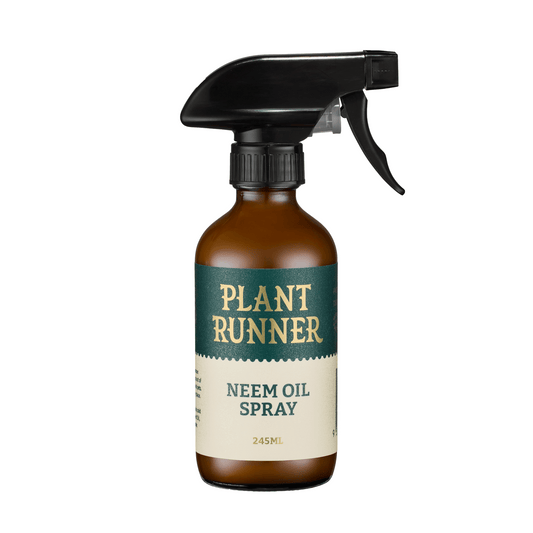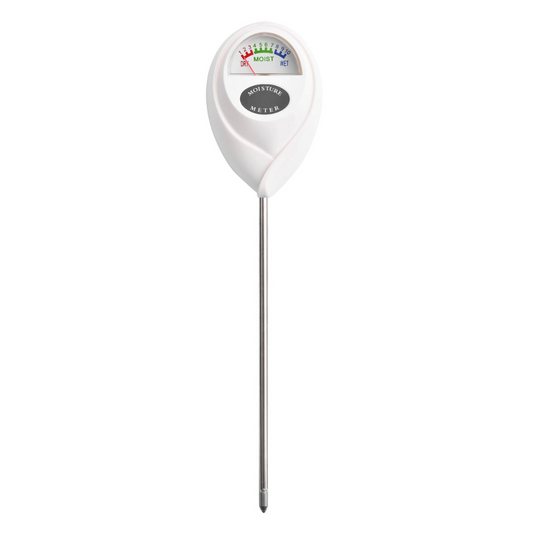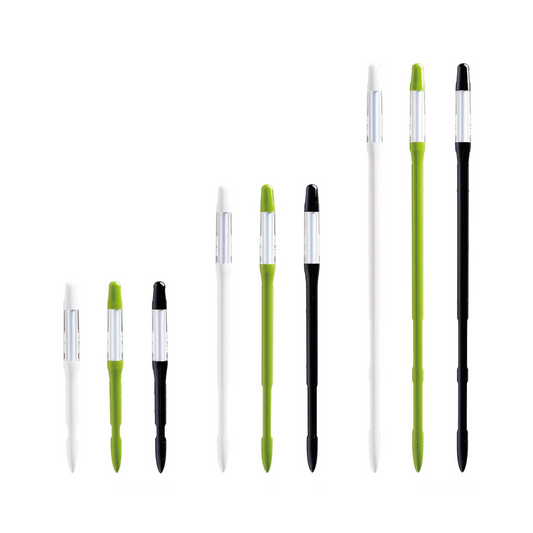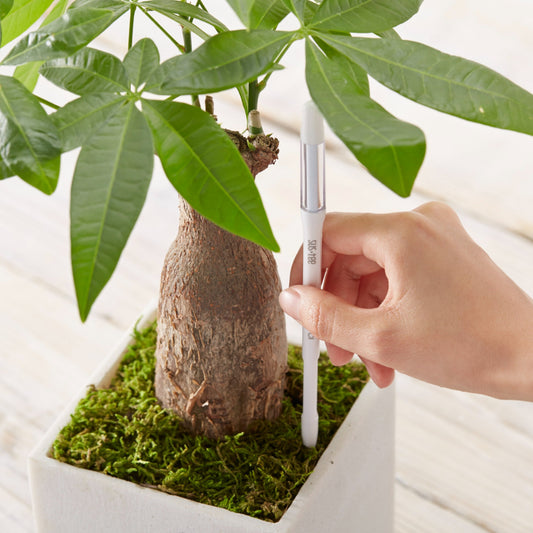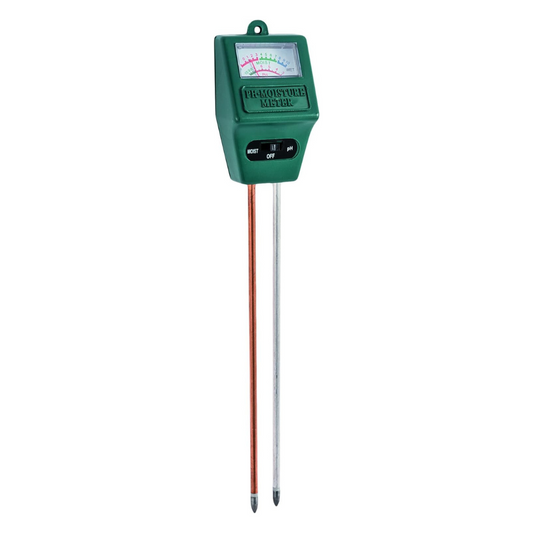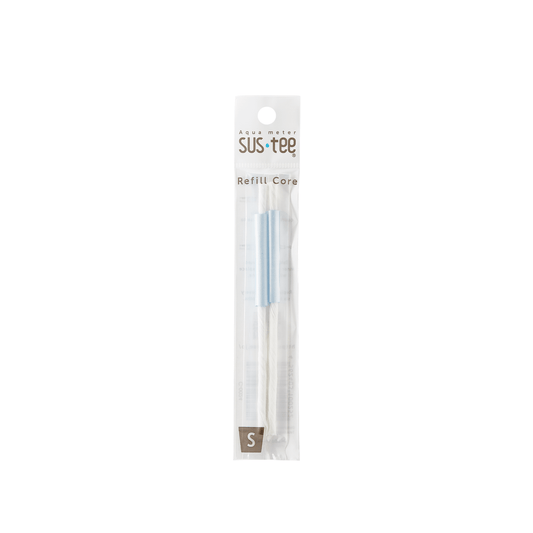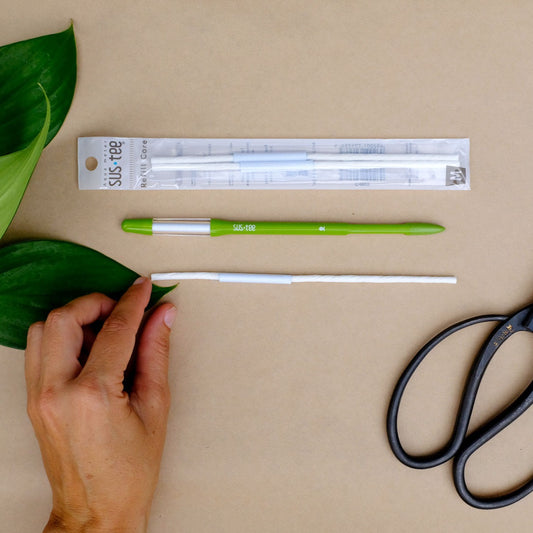How to Get Rid of Fungus Gnats
Got Gnats?
If you’ve noticed tiny little flies buzzing around the base of your plant there’s a good chance they're fungus gnats. Fortunately, fungus gnats are not harmful to humans, but if left untreated may harm your plants' roots and stems; not to mention they're incredibly annoying to have flying around your home!

Fungus gnats thrive in wet and warm environments, but are typically more prevalent at cooler times of the year when they're drawn inside by the warmer temperatures. This year's particularly wet start to summer has however provided the ideal conditions for them to proliferate, leading to infestations cropping up in even the most experienced plant parent's homes (*cough*). Luckily, this knowledge of what makes fungus gnats tick also gives us our first major tactic in the fight against these pesky pests, and guess what...it's free!
One of the best ways to combat these critters is to simply allow your soil to dry out; so put down that watering can! The larvae of these gnats can’t survive without moisture, so dry soil will inhibit the growth of the larvae, ultimately breaking their reproduction cycle. Depending on the climate in your home this may or may not be enough to rid you of an infestation, but obviously at some point you have to water your plants! Luckily there are a number of tools you can use to assist.
Yellow Sticky Traps
Very much like moths to flames, fungus gnats just can’t resist the hypnotic allure of yellow sticky traps. It’s all down to their biological instincts and the abundance of pollen and nectar typically offered by yellow flowers. Different colours attract different insects to a greater or lesser extent, but fungus gnats are all about that golden hue. Team this urge with something sticky and the result is, well…a very fatal attraction.
These traps are highly effective at rounding up the bulk of adult gnats in no time at all, but they won't effect the larvae present in the soil so simply sticking one in and doing nothing else is unlikely to completely eradicate them in the long term.

Yellow sticky traps can also catch winged aphids, whiteflies, thrips and more. Whilst it’s unlikely that you will have many beneficial bugs inside your home, it is worth thinking twice about installing yellow sticky traps outside as they can also attract bees and ladybugs.
Get to Know Your Soil
Fungus gnats thrive in damp environments, so you could be overwatering your plants. The OG ‘stick your finger in and see if it’s moist’ might work for some, but if you struggle to know when your plants really need water, these handy tools are a great way to more accurately keep track of soil moisture and understand your plants better.
Treat Your Soil
Neem oil is a commonly used horticultural oil (and organic insecticide) that will attack the larvae still present in the soil. Soak the topsoil with a spritz of neem once a week, remembering to let it dry out in between.
You may also see a peroxide drench recommended, but we prefer to take a less toxic approach!
Create a Barrier
We know that fungus gnats are attracted to the moisture in your soil, and they choose the organic matter near the surface as an ideal place to lay their eggs, so one option is to stop them reaching it!
Apply a 2cm thick layer of Gnat Off - a specially formulated mixture of pumice, course sand and neem granules - to the surface of your potting mix and press down to create a physical barrier to stifle larvae still present in the soil and help prevent repeat infestations.
Just note that using a barrier like this may cause your soil to retain more moisture than usual, so monitor this and adjust your watering accordingly.
Stop Them at the Door
Remember, fungus gnats are usually introduced to your home by a new plant, so be sure to check and isolate any new additions for a few days (*note that not buying new plants isn't suggested as a preventative measure, because that would be ridiculous). Dodgy potting mix can also be a culprit, so make sure to buy the good stuff, and always check for any signs of pests before repotting.


